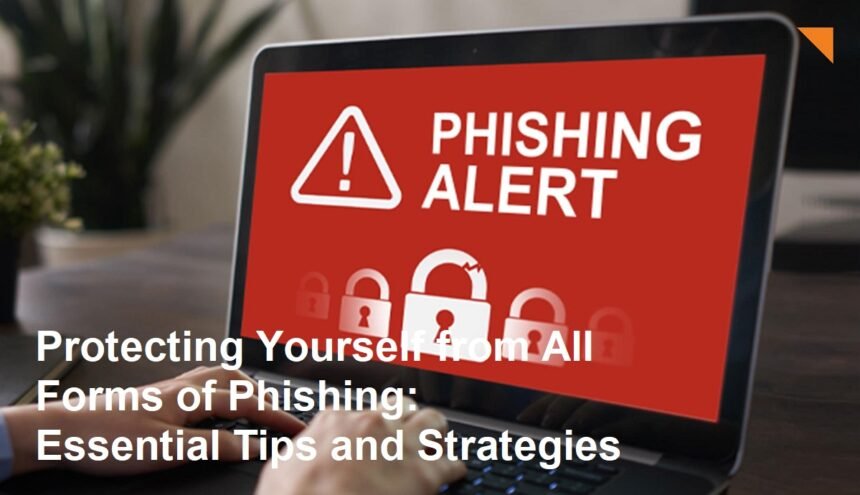Introduction
Cybercriminals continuously develop new methods to deceive users, aiming to steal personal data, credentials, or financial resources. Among these tactics, phishing, smishing, vishing, spear phishing, and whale phishing are some of the most prevalent threats today. While these attacks vary in approach, they share common traits—manipulation and deception. The key to keeping yourself safe lies in awareness, vigilance, and adopting smart security practices.
Below are effective strategies to prevent falling victim to these malicious schemes.
1. Be Skeptical of Unexpected Communications
One of the simplest yet most effective defenses is caution. Always question unsolicited messages, calls, or emails, especially if they request sensitive information or urgent action. Criminals often create a sense of panic or urgency to bypass your rational thinking.
Tip: Take a moment to breathe and assess whether the request is legitimate. If you receive an unexpected email from your bank, company, or authority, do not click any links or provide information immediately. Confirm through official channels first.
2. Verify the Source
Always verify the sender’s identity before responding or engaging. In emails, check the sender’s email address closely for signs of impersonation or suspicious alterations. For phone calls, hang up and call back through official contact numbers.
Tip: Use independent sources—like official websites or known contact numbers—to verify the authenticity of the message or request.
3. Look for Red Flags in Messages
Phishing messages often contain telltale signs, such as:
- Poor grammar or spelling mistakes.
- Unexpected attachments or links.
- URL misdirection or misspelled domains.
- Generic greetings (e.g., “Dear Customer”) instead of personalized names.
- Requests for confidential information like passwords or PINs.
Tip: Hover over links (without clicking) to see if the URL matches the legitimate website. Be cautious with attachments and links from unknown sources.
4. Use Multi-Factor Authentication (MFA)
Adding an extra layer of security significantly reduces the risk if your credentials are compromised. MFA requires a second form of verification, such as a code sent to your phone or biometric authentication.
Tip: Enable MFA on all your critical accounts—email, banking, social media—to prevent unauthorized access even if login details are stolen.
5. Keep Software and Devices Updated
Cybercriminals exploit known vulnerabilities in outdated software. Regularly update your operating system, browsers, and security software to patch security holes and enhance defenses against attacks.
Tip: Enable automatic updates whenever possible.
6. Educate Yourself and Others
Awareness is your strongest defense. Stay informed about the latest phishing tactics and scams. Share this knowledge with colleagues, friends, and family to protect your entire network.
Tip: Attend cybersecurity awareness training or follow reputable cybersecurity news sources.
7. Implement Security Policies and Controls at Work
If you’re part of an organization, ensure that policies are in place for handling sensitive requests and that employees are trained to spot suspicious activities.
Tip: Use email filters, intrusion detection systems, and regular security audits.
8. Be Cautious with Personal Information on Social Media
Cybercriminals often gather information from social media profiles to craft convincing spear phishing or whale phishing attacks. Limit the amount of personal information shared online, and adjust privacy settings accordingly.
Tip: Avoid posting details such as your job title, recent travels, or contact info publicly.
9. Report Suspicious Activity
If you encounter a phishing attempt, report it to your organization’s IT department, email provider, or relevant authorities. Prompt reporting can prevent further attacks and help track malicious campaigns.
Final Thoughts
Phishing attacks have become increasingly sophisticated, but the fundamentals of digital safety remain consistent. By maintaining skepticism, verifying sources, practicing good cybersecurity hygiene, and staying informed, you can significantly reduce your risk of falling prey to deceptive schemes.
Remember, cybercriminals often rely on fear and urgency—think before you click, and be cautious with all unsolicited messages or requests involving sensitive information. Vigilance and education are your best defenses against the evolving landscape of cyber threats.












